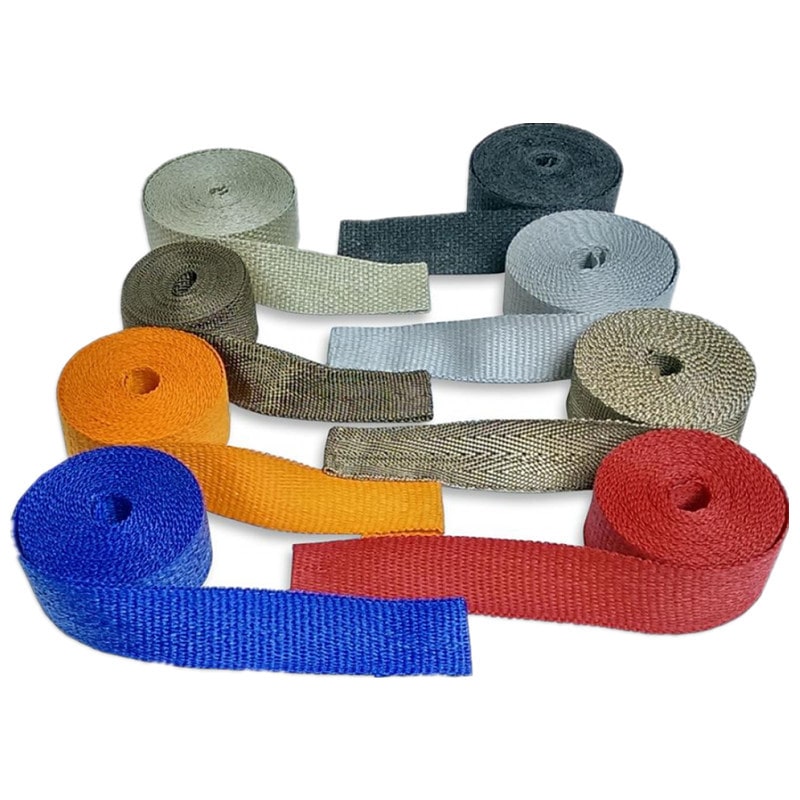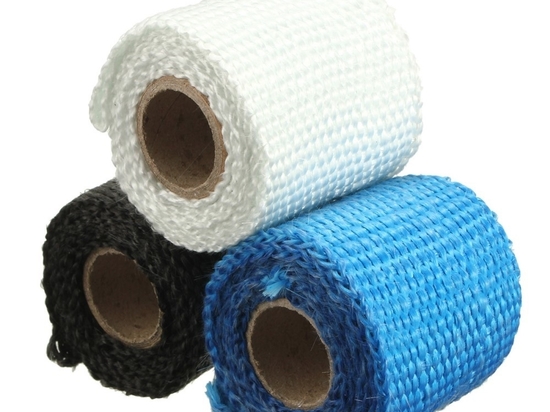
#Product Trends
How efficient is Exhaust Insulating Wrap?
Exhaust Insulating Wrap
Exhaust Insulating Wrap, commonly made from materials like fiberglass or basalt, is designed to provide thermal insulation to exhaust components. Its efficiency depends on various factors, including the quality of the wrap, installation method, and the specific application. Here are some general points regarding the efficiency of Exhaust Insulating Wrap:
Heat Retention: The primary purpose of exhaust wrap is to retain heat within the exhaust system, which can enhance exhaust gas velocity, improve scavenging, and reduce underhood temperatures. This can lead to increased horsepower and fuel efficiency.
Material Quality: High-quality wraps made from durable and heat-resistant materials tend to be more efficient. Fiberglass and basalt wraps are common choices due to their thermal resistance and durability under high temperatures.
Installation: Proper installation is crucial for optimal performance. Wraps should be applied tightly and evenly, without gaps or overlaps, to ensure effective heat retention. Additionally, the use of appropriate fasteners and securing methods is essential.
Application Specifics: The efficiency of exhaust wraps can vary based on the specific application. It may be more effective in certain scenarios, such as on headers or sections of the exhaust close to the engine.
Durability: Over time, the efficiency of exhaust wraps can be influenced by factors like exposure to moisture, oil, and road debris. High-quality wraps with good resistance to environmental factors tend to maintain their efficiency for a longer period.
Heat Dissipation: While exhaust wraps aim to retain heat within the exhaust system, excessive heat retention could potentially lead to localized overheating. Proper design and application based on the specific requirements of the vehicle are important to avoid any adverse effects.






